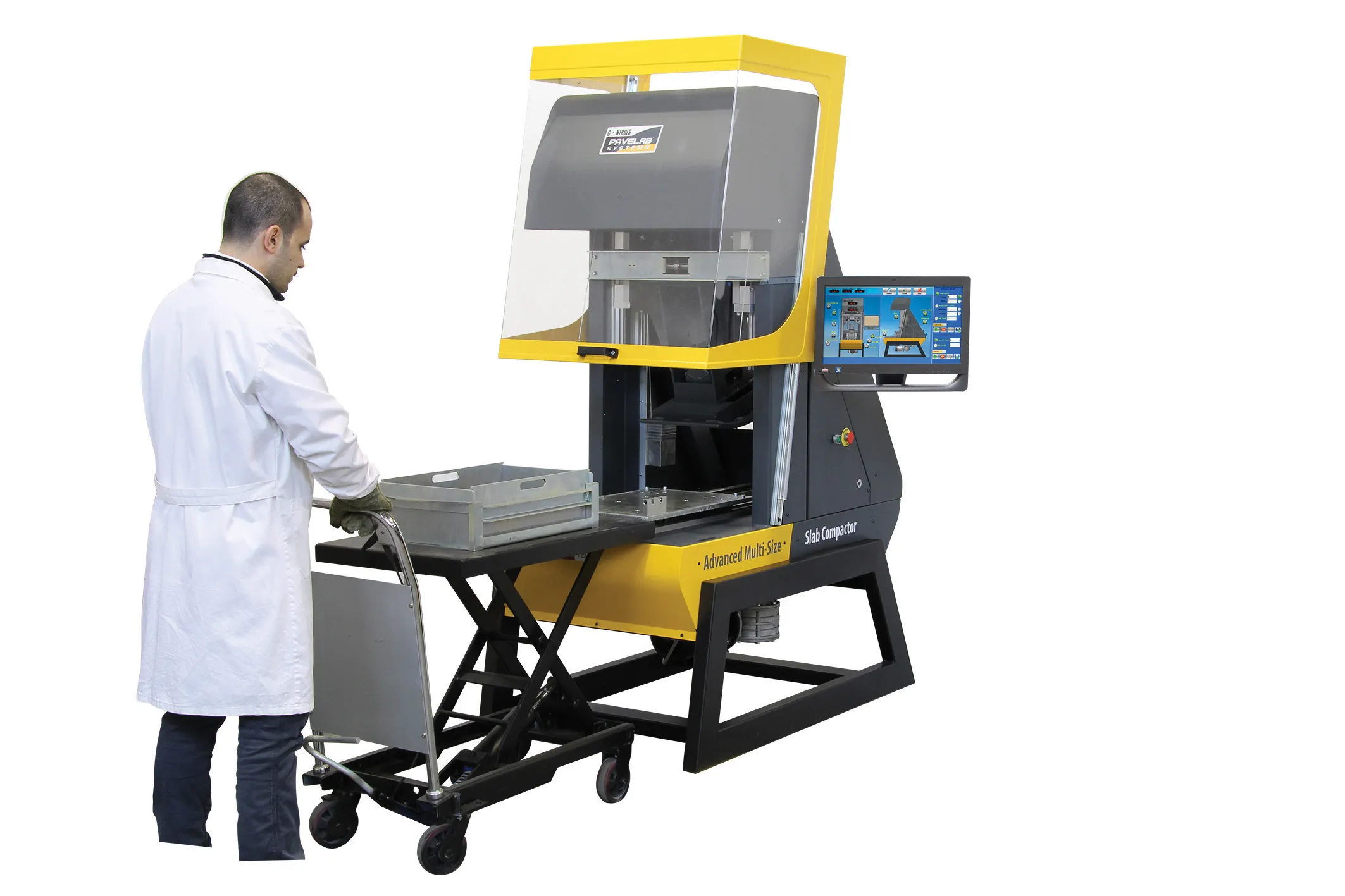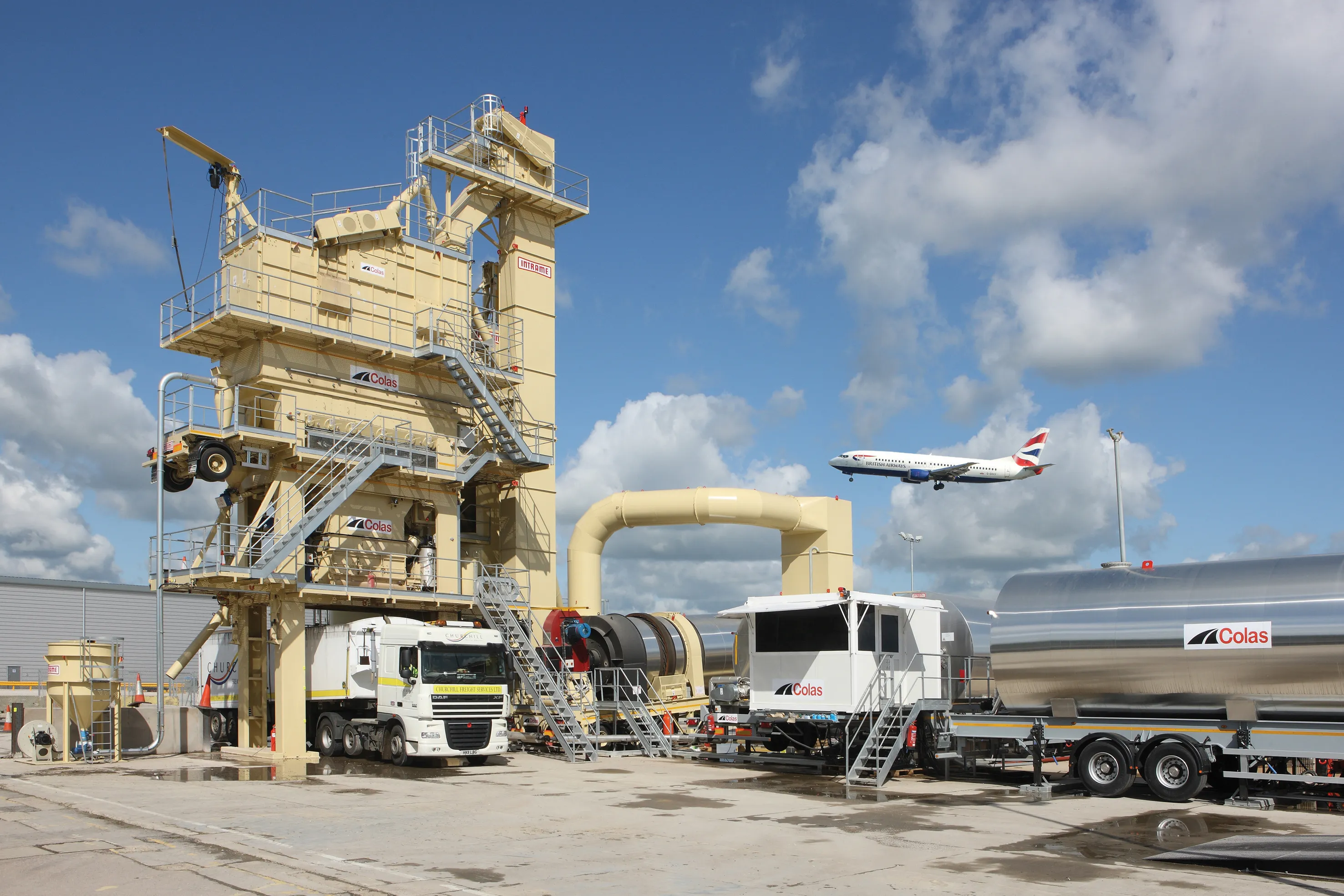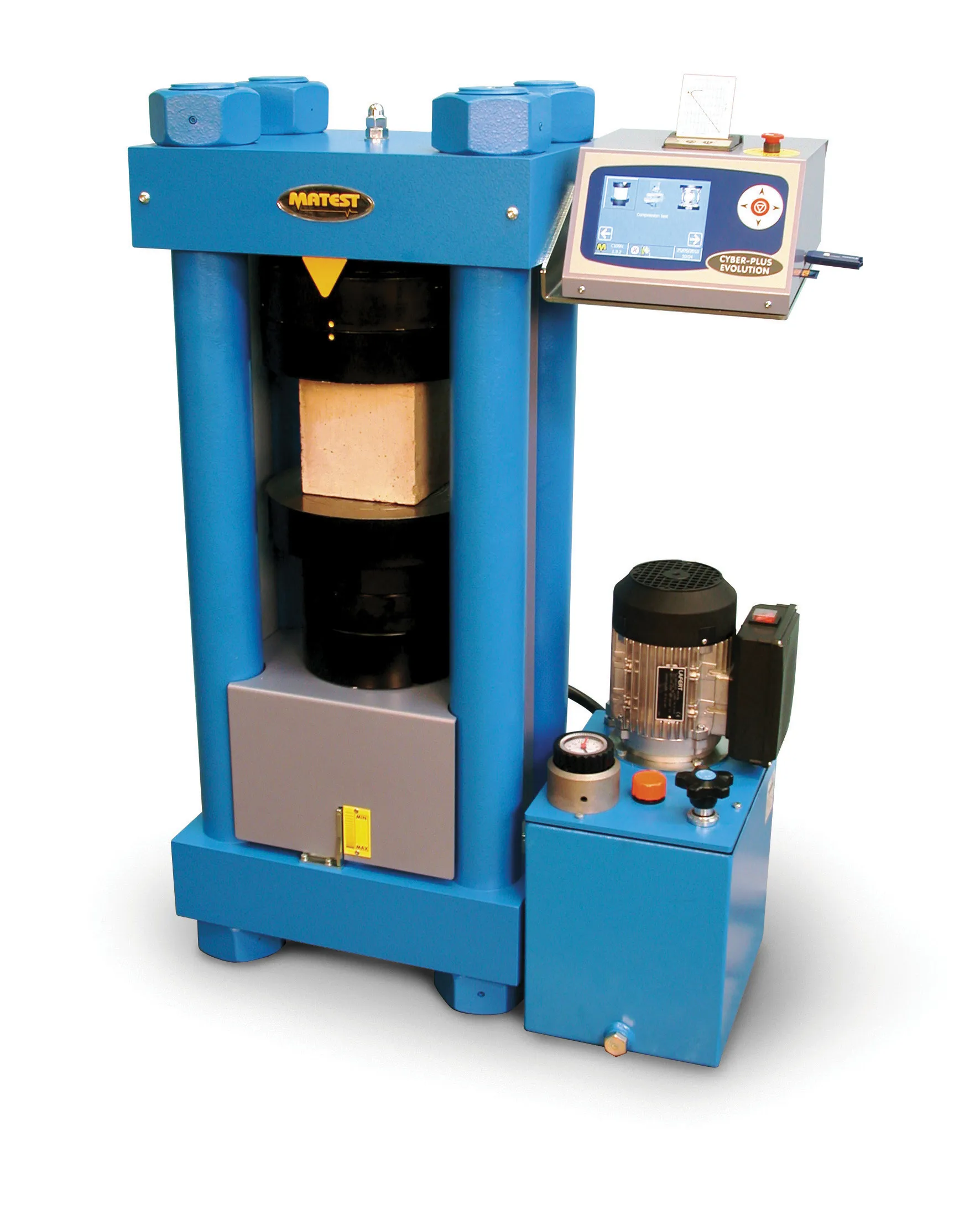Metso ES is the Finnish firm’s new, robustly designed, high-energy, elliptical motion horizontal screen. The new screen is said to provide increased uptime and safer maintenance, while delivering up to 25% more screening capacity compared to a conventional screen of matching size. The two unbalanced shaft lines in the Metso ES rotate in opposite directions, generating a high-energy, elliptical motion with a self-synchronisation design. The new screen is said to be an innovative solution, performing brillian
June 24, 2013
Read time: 2 mins
The new screen is said to provide increased uptime and safer maintenance, while delivering up to 25% more screening capacity compared to a conventional screen of matching size.
The two unbalanced shaft lines in the Metso ES rotate in opposite directions, generating a high-energy, elliptical motion with a self-synchronisation design. The new screen is said to be an innovative solution, performing brilliantly in any application with high requirements on screening accuracy. Even in difficult screening conditions - such as wet screening or screening of sticky and dirty materials – Metso claims that the Metso ES provides exactly the kind of aggressive screening requested by customers.
The weld-free side plates on the Metso ES are said to maximise durability and provide a high stress tolerance. Additionally, the huck-bolted design guarantees perfect and homogeneous assembling conditions. There are no mechanical timing devices, gears, belts or oil leakage, which together with the reliable grease lubrication system keeps downtime and maintenance to a minimum.
An industry-leading safety level is said to be a standard feature in the Metso ES. The up to 50% bigger space between the decks compared to similar flat screens means easier, safer and more comfortable access for maintenance. The feedbox, discharge spout and cardan shafts of the screen feature Trellex modular wear and impact resistance rubber linings as standard protection.
Because Trellex products, such as replaceable modular cross-beam protection and Trellex LS modular screening media, are optimised for Metso screens, they are described as excellent and easily available upgrade options for the Metso ES. The robust standard deck frame of the screen is preconfigured to handle both modular and tension screening media with minimal interruption and can be easily converted to handle the Metso media of choice.









